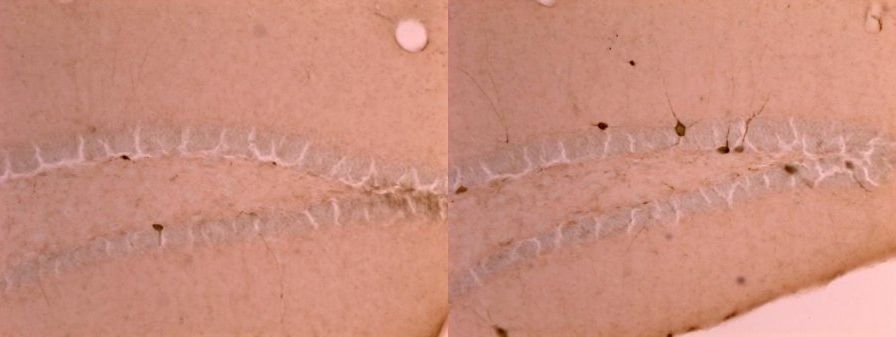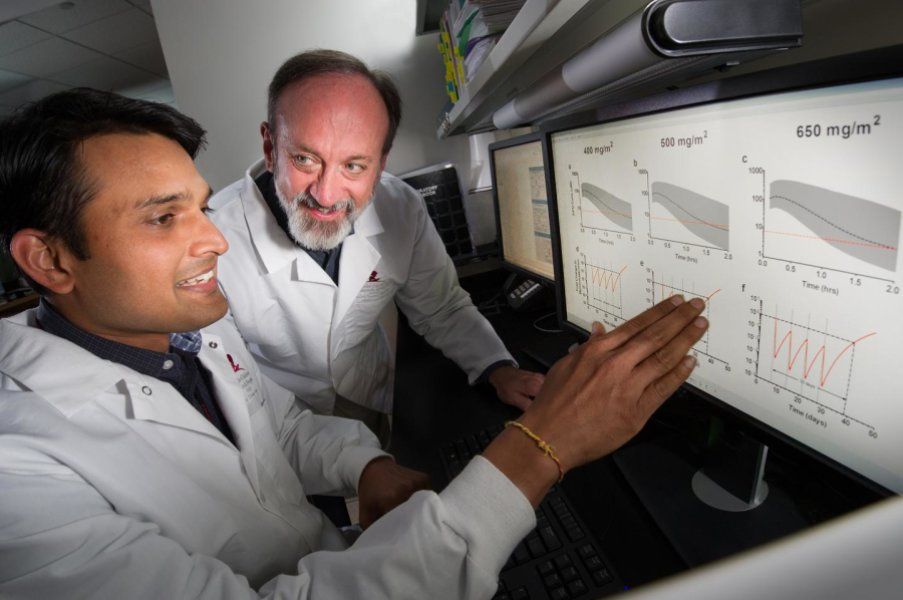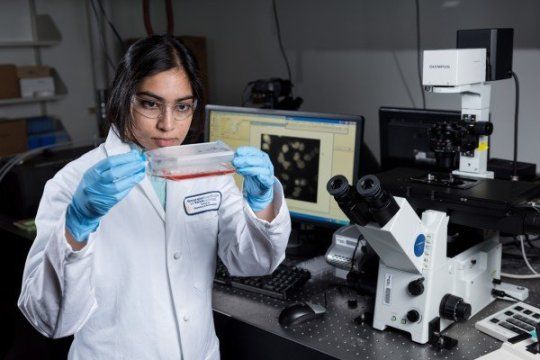May 10, 2016
CoinFac Brings Quantum Computing Technology To Cryptocurrency Mining
Posted by Karen Hurst in categories: bitcoin, cryptocurrencies, economics, information science, quantum physics, supercomputing
QC meets Blockchaining; nice.
CoinFac Limited, a technology company, has recently introduced the next generation quantum computing technology into cryptocurrency mining, allowing current Bitcoin and Altcoin miners to enjoy a 4,000 times speed increase.
Quantum computing is being perceived as the next generation of supercomputers capable of processing dense digital information and generating multi-sequential algorithmic solutions 100,000 times faster than conventional computers. With each quantum computing server costing at an exorbitant price tag of $5 Million — $10 Million, this revolutionary concoction comprising advanced technological servers with a new wave of currency systems, brings about the most uprising event in the cryptocurrency ecosystem.
Continue reading “CoinFac Brings Quantum Computing Technology To Cryptocurrency Mining” »

















